‘Use the 8/10 rule’: how Xander bought his first home on his own.
Owning a first home can feel way out of reach – especially when you’re ...
7 min read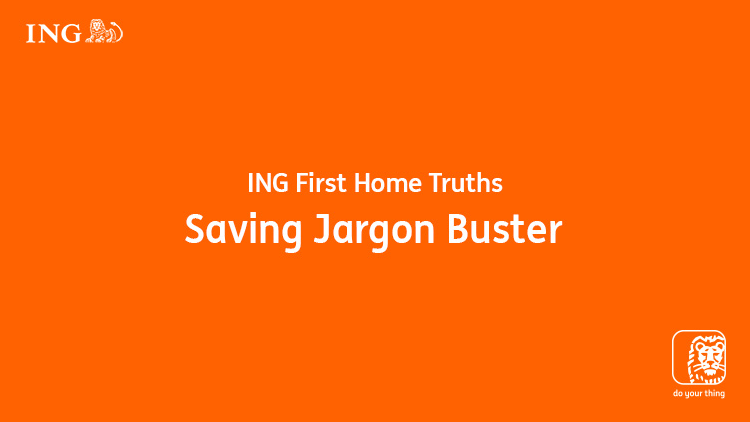
Get savvy with the savings terms and phrases you’ll encounter.
In relation to our credit products, you should consider our Terms and Conditions booklet, Fees and Limits Schedule, Credit Guide and Key Facts Sheet available at ing.com.au when deciding whether to acquire, or to continue to hold, a credit product.
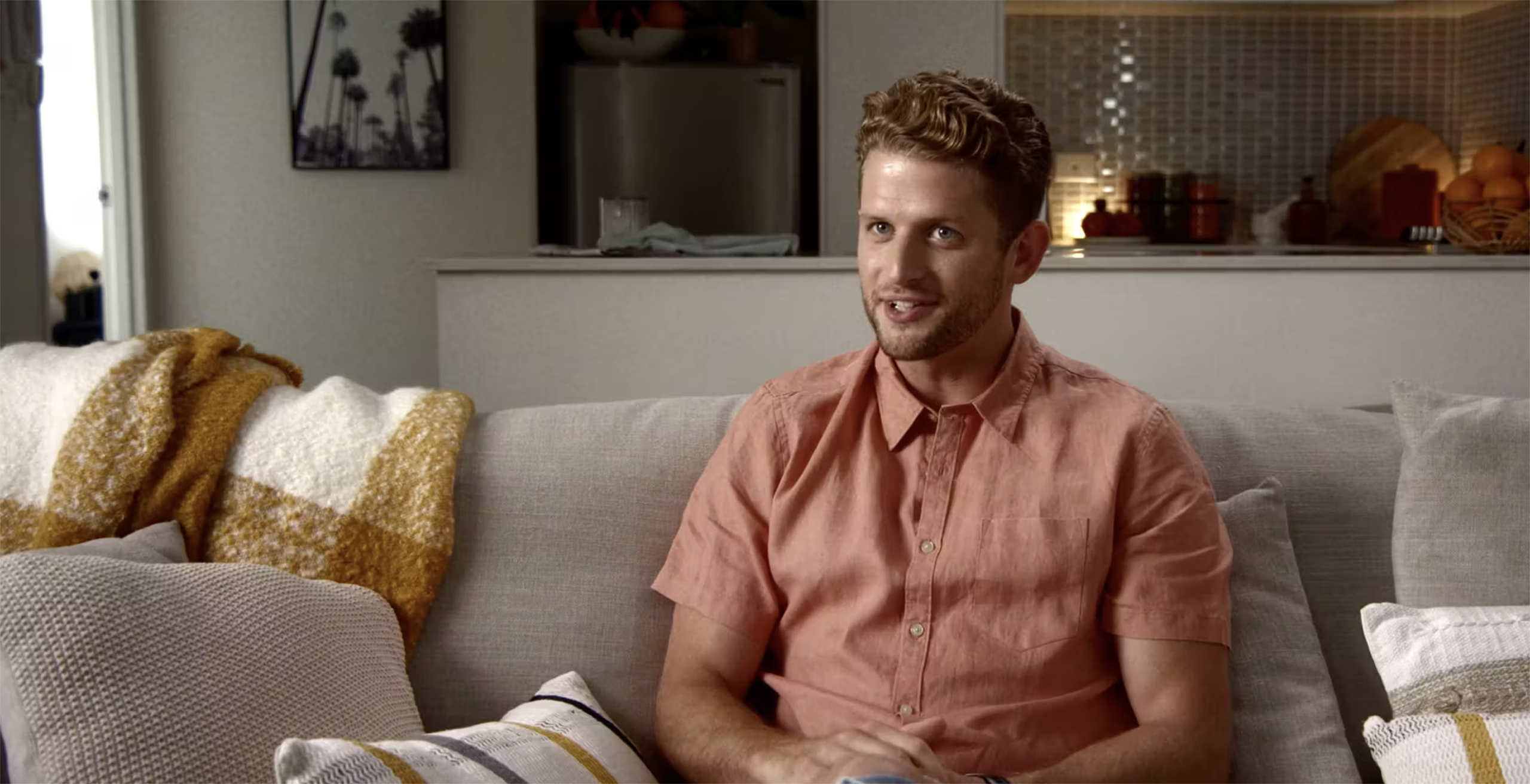
Xander reveals his pay yourself first approach and how it helped speed the home-savings goals that mattered most to him.
In relation to our credit products, you should consider our Terms and Conditions booklet, Fees and Limits Schedule, Credit Guide and Key Facts Sheet available at ing.com.au when deciding whether to acquire, or to continue to hold, a credit product.

Sang explains family home buying as a fine balance between what’s right for the kids and what’s left in the bank each month.
In relation to our credit products, you should consider our Terms and Conditions booklet, Fees and Limits Schedule, Credit Guide and Key Facts Sheet available at ing.com.au when deciding whether to acquire, or to continue to hold, a credit product.
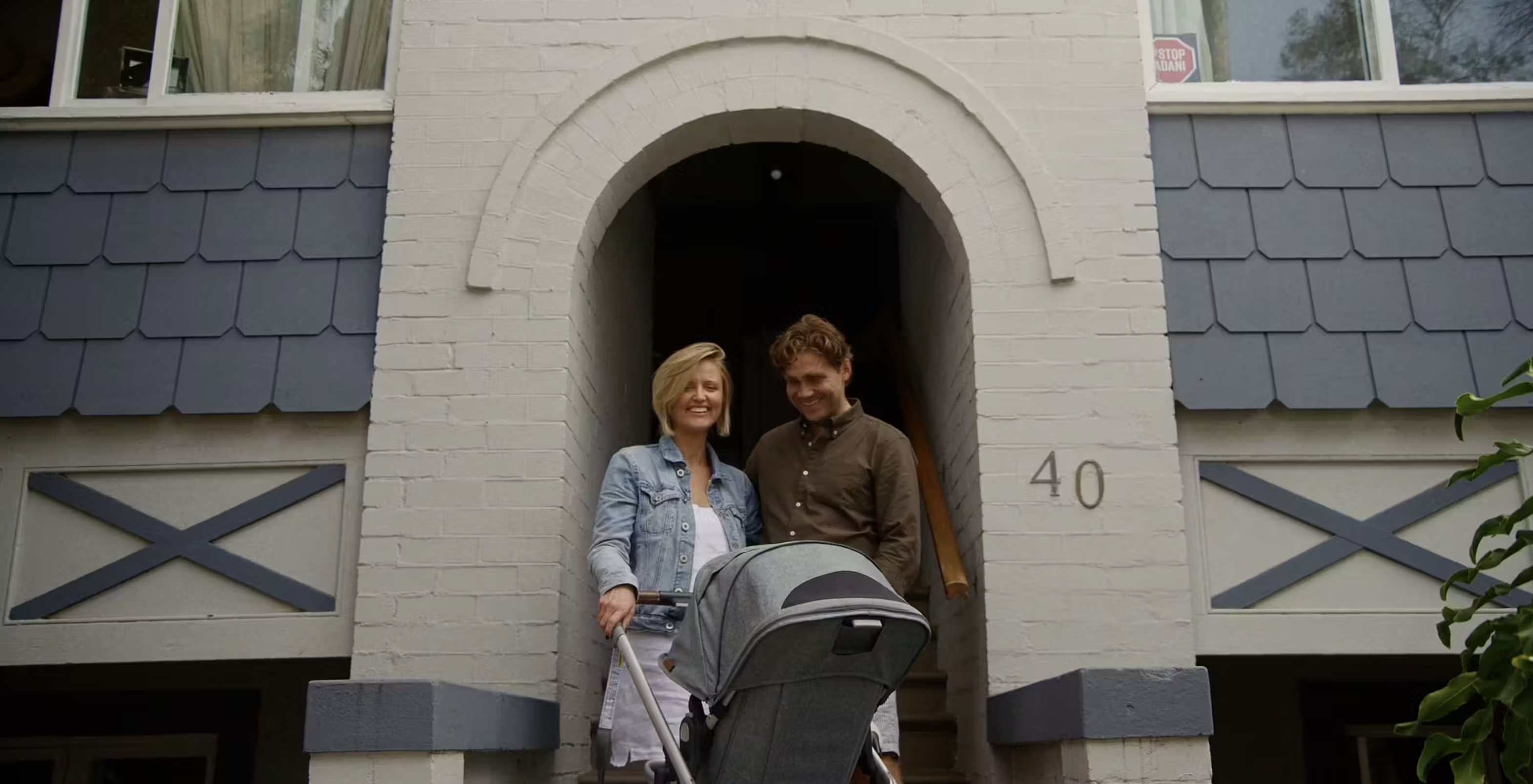
Ewan and Jen talk about drinking the home saver Koolaid and their transformation from money blowers to money growers.
In relation to our credit products, you should consider our Terms and Conditions booklet, Fees and Limits Schedule, Credit Guide and Key Facts Sheet available at ing.com.au when deciding whether to acquire, or to continue to hold, a credit product.
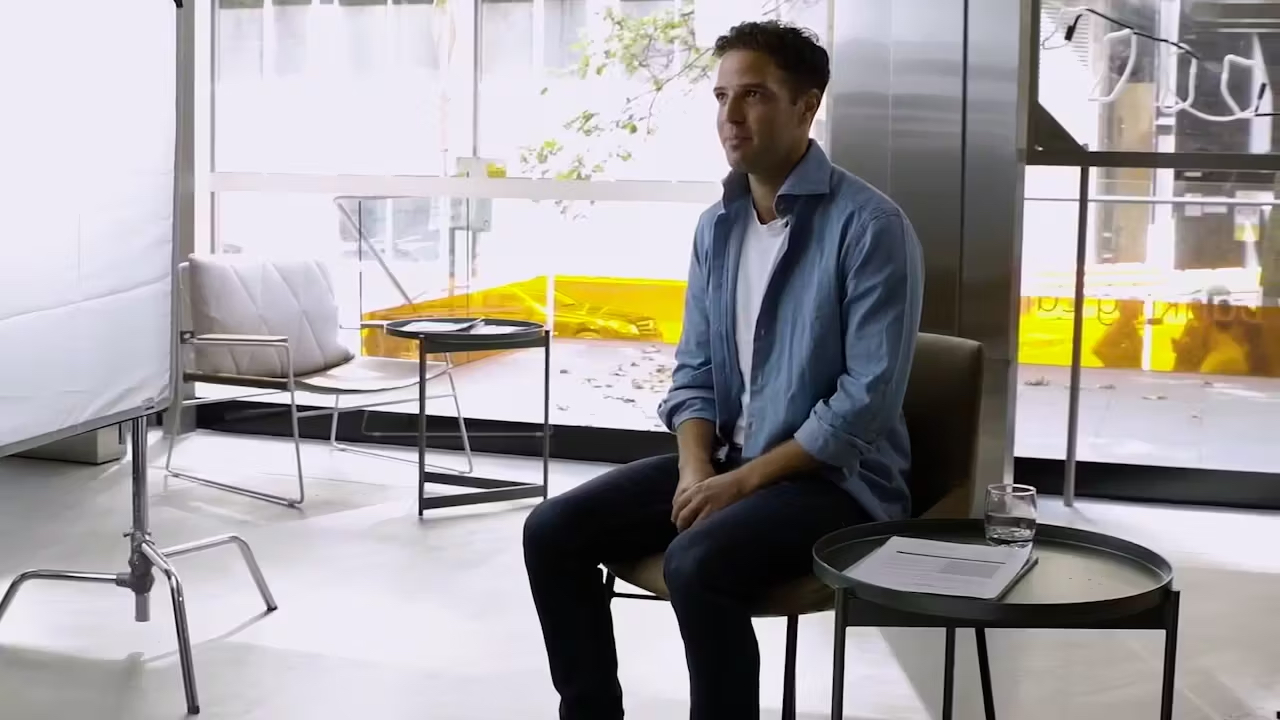
Meet Jason the budgeter. He keeps his savings on track by creating a budget that matches his goals.
In relation to our credit products, you should consider our Terms and Conditions booklet, Fees and Limits Schedule, Credit Guide and Key Facts Sheet available at ing.com.au when deciding whether to acquire, or to continue to hold, a credit product.
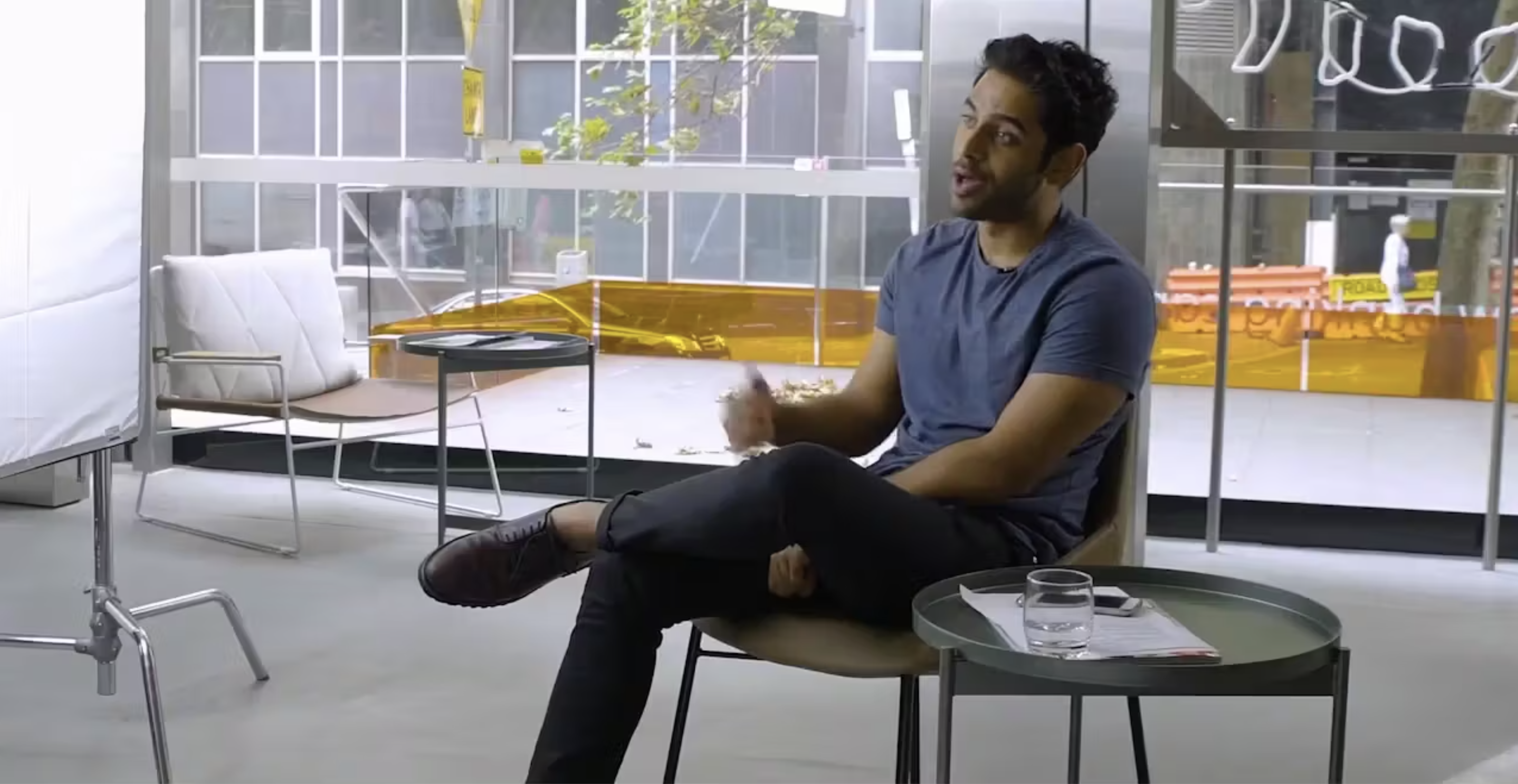
Meet Mark, who saves a little extra each day. Find out how Everyday round up in the ING app helps him save all the time.
In relation to our credit products, you should consider our Terms and Conditions booklet, Fees and Limits Schedule, Credit Guide and Key Facts Sheet available at ing.com.au when deciding whether to acquire, or to continue to hold, a credit product.
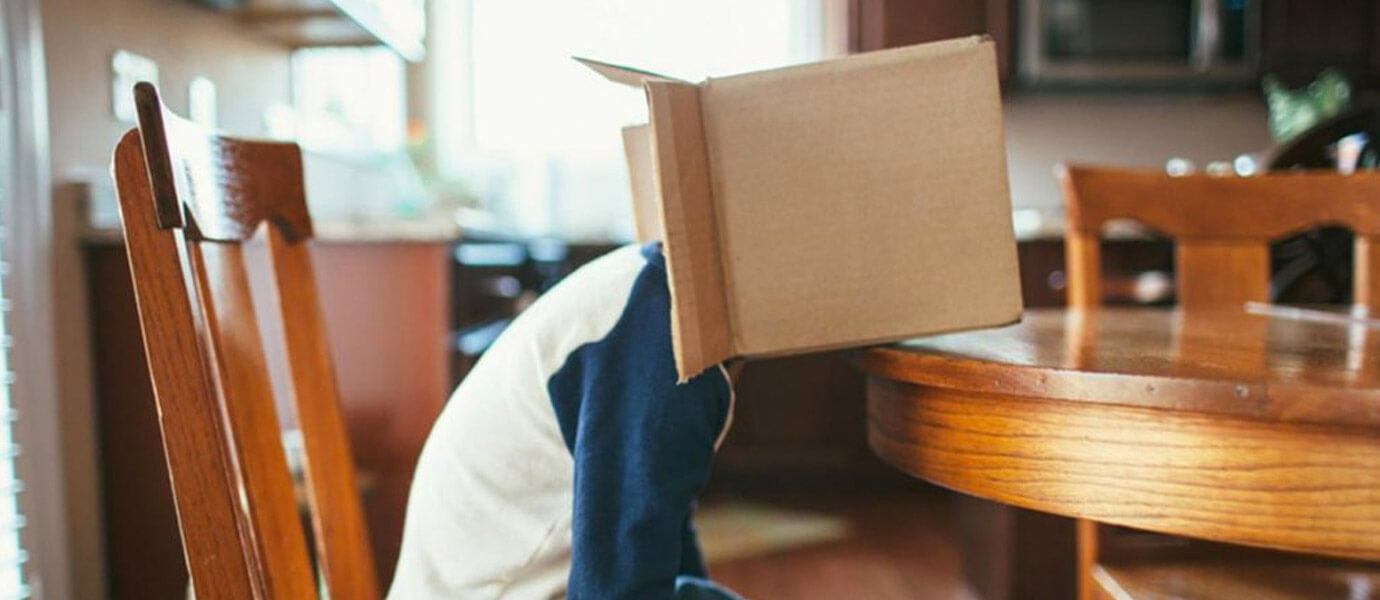
Top of the list of things you’re paying for as a first-home buyer is the property itself (of course). But there are a few other reasons to whip out your spreadsheet or jump on to the ING buying costs calculator – you’re going to want to budget for some of the other costs before you bid or buy.
What your calculator spits out will indicate how much you’ll need to save for your first home on top of your deposit. And it could also affect how much you can afford to pay for the property, since you’ll need to take into account the other costs involved (like stamp duty, conveyancing costs and a strata report, if applicable).
So, what are all these costs? Let’s dig into the main ones that come with buying your first home.
Ah! The thing all first-time buyers work towards. It’s kind of a big deal, but how much do you really need for a deposit? To start figuring it out, you need a ballpark idea of the price of the property you’re hoping to buy. Got that number? Okay. Your savings goal should start at 5% of that.
But that’s kind of the baseline. Most advice you get will recommend 20% as the magic number for a deposit. With a more substantial deposit like this, you won’t have to borrow as much or pay lenders mortgage insurance (LMI). More on LMI in a sec. But saving 20% isn’t realistic for many of us, so don’t stress too much if you’re aiming for 5% – or something in the middle.
Stamp duty is a government tax that is usually the biggest upfront cost you’ll have to pay when you’re buying a home. It can run into the tens of thousands of dollars. For most home buyers, stamp duty is unavoidable, but you might be eligible for a discount or an exemption, depending on your State and the type and price of the property. If you can’t afford both a 20% deposit and stamp duty, your lender might increase your loan to let you pay a smaller deposit so that you can put your money towards covering the stamp duty. But if you buy a home with a smaller deposit (say, 5%), the lender will likely also require you to pay for LMI, so keep that in mind (can be a one off payment upfront or paid off in installments). Check out our stamp duty calculator to get an idea of what you might have to pay.
Unless you’re experienced in the game, you’re going to enlist the help of a conveyancer or solicitor to prepare documents for you to sign and to complete the settlement on your new home. Generally, a conveyancer (a professional with detailed knowledge of property law, but not a lawyer) is cheaper than hiring a solicitor with specific experience in property law. It’s a good idea to shop around to find someone you’re happy with. Ask for a quote upfront, compare your shortlist and then narrow down your options.
You want to make sure your first home is exactly what you fell in love with when you first saw it. Before committing to buy, it’s wise to do various inspections, like getting a building inspector to check for structural integrity or other issues with the building and a pest inspector to look for evidence of termites or other pesky pests – especially if the home has plenty of history. There will sometimes be a pre-auction report that includes this handy info (grab this from the real estate agent), or you can organise your own.
If you’re going for an apartment or townhouse, get your hands on a strata report. This will give you the lowdown on all the body corporate business, like how the building is managed, any maintenance issues, any by-law bothers – and even the goss on your future neighbours’ stinky bins.
LMI is something you’ll have to pay if you need to borrow more than 80% of the property’s value. It is calculated by your lender and depends on both how much you borrow and the size of your deposit. If you haven’t factored it in, don’t worry: many lenders let you add it on to your home loan, but it still pays to know what you’re up for. If you do add LMI to your loan, here’s an FYI: you’ll pay interest on any cost you add to your home loan, like LMI, for the term of the loan. Adding a cost like LMI to your loan also means you’ll be contributing less of your loan amount to the price of the property.
Interest isn’t the only additional cost you’ll be paying on your home loan – there are bank fees (sometimes known as lender fees) to account for too. You’ll likely front up an application fee when you get started, plus there may be ongoing monthly or annual fees on your home loan – just like the ones you might’ve experienced with most bank or credit card accounts. These are the common fees, but every bank or lender is a little different.
To protect your happy home and possessions, you’ll want to get insurance. If you’re in a strata arrangement, generally speaking your building is insured and insurance is organised by the strata. Premiums are paid for through your strata levies. It’s a good idea to make sure you check what is covered under the strata policy itself. Getting both home and contents insurance is always a good idea. The ‘home’ part covers the building itself, like if the roof flies off in a storm or a tree falls on the shed. The ‘contents’ part covers your belongings in case a burglar fancies taking your stuff.
The property is yours from the moment of settlement, so get your insurance sorted by then, even if you’re not moving in for a while. (By the way, we offer both these types of insurance, so feel free to browse your options with us.)
If you’re going to be living in the property you buy – as opposed to renting it out as an investment – and you don’t have a bunch of burly mates to give you a hand with boxes, you’ll need to factor in the cost of removalists. Do you have to buy furniture or appliances for the new place too? All these costs should get a line in your budget to help you plan for every possibility.
Important Information
The information is current as at publication. Any advice on this website does not take into account your objectives, financial situation or needs and you should consider whether it is appropriate for you. Deposit products, savings products, credit card and home loan products are issued by ING, a business name of ING Bank (Australia) Limited ABN 24 000 893 292, AFSL and Australian Credit Licence 229823. All applications for credit are subject to ING’s credit approval criteria, and fees and charges apply. You should consider the relevant Product Disclosure Statement, Terms and Conditions, Fees and Limits Schedule, Financial Services Guide, Key Facts Sheet and Credit Guide available at ing.com.au when deciding whether to acquire, or to continue to hold, a product.
Buying costs calculator
The results from this calculator should be used as an indication only. Results do not represent either quotes or pre-qualifications for the product. Individual institutions apply.

If you’re ready to turn your dream of owning your first home into reality, there are so many little and big money changes you can make that can help boost your savings. Moving back in with the folks, dining out less, starting a side hustle – the choices are yours and we’re just here to help you along the way. So once you’ve identified and planned for your home deposit, here are the next five steps to kickstart your way to success. After all, the sooner you’re ready to make your move, the sooner your new lifestyle begins.
Incomes are a lot less flexible than expenses – and don’t we know it. So let’s get this one pinned down first. Here are three top ways to help boost your income.
This step is all about your expenses and spending habits. And it has the most potential to boost your savings (that’s what we like to hear). Here are three top tips to reduce your spending.
Let’s be clear: budgeting is not a dirty word. It basically means: the choice is yours. The more you’re aware of your income and your spending, the more options you have. Here are three easy budget strategies you can start today.
Let’s get real. The best goals are achievable – not something forever dangling out of reach. Being too ambitious can often set you up to fail. We think saving for your first home should be positive and motivating (it’s your dream, after all!). Here are three top tips to keep your goal achievable and your motivation strong.
Accountability. Ugh, a scary word. But having an accountability plan can help you achieve your goal. It works by having someone or something to keep you on track. Here are our three top tips to help keep on track.
It doesn’t matter how many years away you are from your deposit target for your first home: making savings-boosting changes, when you can, will help get you through your new front door sooner. Dream: achieved.
The information is current as at publication. Any advice on this website does not take into account your objectives, financial situation or needs and you should consider whether it is appropriate for you. Deposit products, savings products, credit card and home loan products are issued by ING, a business name of ING Bank (Australia) Limited ABN 24 000 893 292, AFSL and Australian Credit Licence 229823. ING Living Super (which is part of the ING Superannuation Fund ABN 13 355 603 448) is issued by Diversa Trustees Limited ABN 49 006 421 638, AFSL 235153 RSE L0000635. The insurance cover offered by ING Living Super is provided by Metlife Insurance Limited ABN 75 004 274 882, AFSL 238096. ING Insurance is issued by Auto & General Insurance Company Limited (AGIC) ABN 42 111 586 353 AFSL Licence No 285571 as insurer. It is distributed by Auto & General Services Pty Ltd (AGS) ABN 61 003 617 909 AFSL 241411 and by ING as an Authorised Representative AR 1247634 of AGS. All applications for credit are subject to ING’s credit approval criteria, and fees and charges apply. You should consider the relevant Product Disclosure Statement, Terms and Conditions, Fees and Limits Schedule, Financial Services Guide, Key Facts Sheet and Credit Guide available at ing.com.au when deciding whether to acquire, or to continue to hold, a product. Before interacting with us via our social media platforms, please take a minute to familiarise yourself with our Social Media User Terms.
Everyday Round Up
Everyday Round Up applies to card purchases using your Orange Everyday bank account. You must opt in to Everyday Round Up and select the round up amount (nearest $1 or $5). When you spend with your Orange Everyday card, we’ll transfer the extra amount from your Orange Everyday to your eligible home loan (e.g. Mortgage Simplifier or Orange Advantage) or Savings Maximiser account. A round up will not be debited if doing so would reduce your Orange Everyday balance below $20. Full details at ing.com.au.

Hey, what do you want? Like, really, really want? If you’re similar to a lot of young Australians, you might want to own your own home (psst – this could be a great wealth-building idea as well as a lifestyle decision). But where do you start? What do you do first? We’ve got you covered. So take five – steps, that is – along your new path towards your first home.
Think about the type of home you want and where you’d like to live. Go on, dream a lot, not just a little. Without this important ‘thinking step’, it can be harder to reach your goal. After all, if you don’t know what you want, how will you ever get it? Of course, we don’t mean the street or the apartment number (or maybe some of you already have these in mind). But picture the property type and location of your first home, one that’s going to suit your lifestyle and values. Relax, nothing is being locked in! You’re just planning at this stage.
Scan the real estate advertisements and sales results for the neighbourhoods you like (and keep a watch on adjacent areas). This’ll give you more insight about prices for the various types of homes and locations. Introduce yourself to a couple of local real estate agents to get an even deeper understanding of prices, trends and little quirks of the ‘hoods’ you’re considering. Local agents are a great way to learn what you can get for your money. Work out how much you may be able to borrow based on your income and expenses with our online borrowing power calculator.
Now that you’ve got a price range, it’s time to set your savings goal. Now is a good time to learn more about LMI and how much your loan repayments might be depending on your deposit amount.
Speak to a lender and understand how much LMI you might have to pay and decide if you’re comfortable paying for this. If you are, it could mean your savings target for a deposit is 5% or 10%. If you decide LMI isn’t for you, you’ll most likely need a deposit of 20%.
Use our online repayment calculator to estimate how much your repayments might differ if you have a smaller or larger deposit amount.
Doing both of these things will help you decide on your savings goal
Great, you’re on a roll. Now let’s plan to reach that savings target. Warning! This step is a lot less exciting than browsing real estate ads, swanning through home inspections and visualising your new lifestyle. It’s about finding out how much you earn and how much you spend – and we mean really spend, not just what you think you spend. Yep, you guessed it: it’s budget time. Get out the spreadsheets, notebooks, bank statements or online budgeting tools (like our budget calculator) and make a list of all your expenses and all your income.
Now is also a good time to set up a dedicated savings account for your deposit. If you’re an ING customer, you can open a Savings Maximiser and call it something like ‘My first home’ or ‘#HouseGoals’. Don’t be shy – get personal with it! A strong nickname will help your goal stay at the front of your mind every time you make a deposit.
Congratulations! You really are on the home straight (pun intended). The gap between your income and what you spend is your savings ability – and it’s going to be the backbone of your savings plan. Let’s say you have $200 left over each week, or perhaps $1,000 a month. Divide your estimated deposit by your savings ability and, hey presto! This gives you the number of weeks or months it’ll take to achieve your deposit. (Psst: if online tools are your thing, you could also try plugging the numbers into our savings goal calculator.) Fist bump! You’ve successfully identified and planned your home deposit savings goal.
But, hang about, just a last word. Don’t be disappointed if you find your savings ability is smaller than expected or that it may take longer than hoped to reach your goal. This knowledge is power! These first five steps not only give you a goal and a plan but can also help you set your values and priorities. Can you reduce your expenses? Can you increase your income? Or can you look in a different price range? Being prepared for these choices puts you a step ahead of most savers. And don’t worry, we can help with that, too. We have plenty of tips and suggestions to help boost your savings and fast-track your first home deposit goal.
For now, however, sit back and relax. You’re on your way. By following these five steps, you’ve laid the floorplan, the foundations and the building blocks (okay, too many home-related puns) for your journey towards your first home.
The information is current as at publication. Any advice on this website does not take into account your objectives, financial situation or needs and you should consider whether it is appropriate for you. Deposit products, savings products, credit card and home loan products are issued by ING, a business name of ING Bank (Australia) Limited ABN 24 000 893 292, AFSL and Australian Credit Licence 229823. ING Living Super (which is part of the ING Superannuation Fund ABN 13 355 603 448) is issued by Diversa Trustees Limited ABN 49 006 421 638, AFSL 235153 RSE L0000635. The insurance cover offered by ING Living Super is provided by Metlife Insurance Limited ABN 75 004 274 882, AFSL 238096. ING Insurance is issued by Auto & General Insurance Company Limited (AGIC) ABN 42 111 586 353 AFSL Licence No 285571 as insurer. It is distributed by Auto & General Services Pty Ltd (AGS) ABN 61 003 617 909 AFSL 241411 and by ING as an Authorised Representative AR 1247634 of AGS. All applications for credit are subject to ING’s credit approval criteria, and fees and charges apply. You should consider the relevant Product Disclosure Statement, Terms and Conditions, Fees and Limits Schedule, Financial Services Guide, Key Facts Sheet and Credit Guide available at ing.com.au when deciding whether to acquire, or to continue to hold, a product. Before interacting with us via our social media platforms, please take a minute to familiarise yourself with our Social Media User Terms.
In relation to our credit products, you should consider our Terms and Conditions booklet, Fees and Limits Schedule, Credit Guide and Key Facts Sheet available at ing.com.au when deciding whether to acquire, or to continue to hold, a credit product.

The ‘great Australian dream’ doesn’t necessarily mean a three-bedroom house on a quarter-acre block with two kids and a doggo anymore. Your dream probably looks different. It probably doesn’t look anything like your best mate’s, either. It might involve country-hopping every five years, or heading bush to live near your favourite hiking tracks, or laying the slab of a communal place to share with family. But if your dream includes planting a foot on the property ladder at some point, it might be worth thinking outside the two-car garage. There are so many ways to buy a first home, and going non-traditional could be more affordable and (here’s the best part) give you the flexibility you need to create the lifestyle you’re living for.
We talked to a few people who are making their Australian property dreams happen unconventionally – and a couple of others who work in fields that help make unconventional first-home dreams come true.
It’s a charming 1970s brick veneer in Rye on Victoria’s Mornington Peninsula. We went all in. It’s 750 metres from the Rye foreshore, so we saw it as a great opportunity.
My brother and I had always talked about buying a place together. My partner was also interested in buying a house. We were all just thinking, “How on earth are we gonna get into the property market?” Then my dad suggested that the three of us should join forces and look at it as a two-year plan to do up a property. The idea was that after we renovated we might sell it and the three of us could walk away with our own home deposits.
We started by moving down from the city to Rye and renting because the rent was so expensive in the city. We got all set up with a joint account that we all contributed to. Each month, all of our home loan repayments and everything came out of that.
It was really exciting, but a little scary. It kind of felt like playing Monopoly. Now we’re living in it and enjoying it. Living by the beach – we love the lifestyle down here. It’s like living on The Block. It’s allowed us to work more together as a team, or as a collective. We sometimes call meetings when we’re having dinner and talk about what we want to do with the house. It’s motivating because it keeps us on track with our goals.
It’s all about people coming together with the intention of living in a place they helped create themselves with a group of like-minded people. Together, they can have an intimate understanding and influence over the whole process. After all, it’s more likely that people will invest a lot more time, money and love into the process if they know they’re going to be living there.
It’s individual. For some members of Melbourne’s Davison Collaborative project, for example, it was about being priced out, and that the quality of houses available at their price point was usually poor. It’s a way to try and control the costs and do things on their own terms. Collaborating on home ownership is becoming an option for people who want to come together with friends to try and consolidate costs and do something in the spirit of a shared way of living.
It creates the opportunity to design something that is unique to the inhabitants and suits their tastes. A space they love. It also helps people create a truly high performance and sustainable home.
Penny: It’s an apartment in a ’50s warehouse that was divided up in the ’90s. The home is mixed-use, so currently there’s a commercial tenant running their architecture business from the space. We can’t void the lease, and they can choose to renew for three more years or move out at the end of their term. So we aren’t able to move in straight away, but the benefit is that the tenant is essentially helping to pay our mortgage – so we can save some money to do what we want when they move out, like a new kitchen. When buying a tenanted property, seek guidance from your conveynancer/solicitor as there be additional considerations.
Penny: We’d actually written off the idea of living in the warehouse after we narrowly missed out on another property in the building. But then Stuart wrote to the body corporate, saying, “Hey, we’re really interested in this building. Please let us know if anyone else is selling.” A little while later, a woman called us. We started communicating directly and organised a private sale with her.
Penny: Both of us have, career-wise, lived reasonably precariously. We’ve done creative work that has been rewarding but foolish financially. So we didn’t look too good to the bank. We had loads of debt but we worked hard to pay it off. Then, in just a year of not having to pay that money back anymore, we were able to save because we were used to the saving schedule. I took a second job teaching university at night and we cut back on food deliveries, despite being so busy. We were still living on a tight budget, which was fine, but suddenly, with all that saving and with a small inheritance of about $20K, we were like, “Okay! We can do a deposit.”
Penny: It doesn’t matter when you confront your debt, but whenever you do it is a good moment. And if you have a little bit of money, it’s all about realising how you can be smart with it. Also, ask yourself: “What’s the big dream?”
Stuart: I’m just proud that we did it this way without real estate people. It was calm, respectful and mutually beneficial. We’ve enabled our tenant to do their thing and us to do our thing and get into this beautiful house.
My partner and I have been around the tiny house community for the past seven years or so. We started experiencing life in small spaces by living in a 1974 vintage caravan for over a year.
We’re working towards our own tiny house. We’d like to have a bit of land here in Victoria and another in northern New South Wales so we can flip between. With two blocks of land with two tiny houses, the other tiny house could be rented out when we’re living in one.
First, cost. The average house price in Australia is a lot of money for most of us. And that’s not for your dream house. That’s for a place that probably needs work. And that’s an enormous amount of financial pressure on a single person or even a couple. Second, I think it’s freedom, simplification, getting rid of all the stuff that you don’t need. Life is so much freer, you feel alive, you’re not stressed about all your stuff.
I know people who have built tiny houses that have never owned a house before. They’ve spent years and years renting and then decided to go down the route of tiny houses. In fact, a school student in Queensland decided to build himself a tiny house for a school project. He did it from recycled, up-cycled and found materials. He had some help, but at the end of the day, he’s just out of high school and finished his own home.
Think about your home – tiny houses included – as the tool you can use to design the life and the lifestyle that you want. We should only be going through life with the things and the people we love and get joy out of, rather than carrying all this clutter. When we do that, we end up with less stress, less debt, and we’re overall happier and healthier because of it. It’s always best to speak to your lender when considering a home purchase to make sure they can lend to you for an uconventianal home (or any home before you make a decision).
The information is current as at publication. Any advice on this website does not take into account your objectives, financial situation or needs and you should consider whether it is appropriate for you. Deposit products, savings products, credit card and home loan products are issued by ING, a business name of ING Bank (Australia) Limited ABN 24 000 893 292, AFSL and Australian Credit Licence 229823. ING Living Super (which is part of the ING Superannuation Fund ABN 13 355 603 448) is issued by Diversa Trustees Limited ABN 49 006 421 638, AFSL 235153 RSE L0000635. The insurance cover offered by ING Living Super is provided by Metlife Insurance Limited ABN 75 004 274 882, AFSL 238096. ING Insurance is issued by Auto & General Insurance Company Limited (AGIC) ABN 42 111 586 353 AFSL Licence No 285571 as insurer. It is distributed by Auto & General Services Pty Ltd (AGS) ABN 61 003 617 909 AFSL 241411 and by ING as an Authorised Representative AR 1247634 of AGS. All applications for credit are subject to ING’s credit approval criteria, and fees and charges apply. You should consider the relevant Product Disclosure Statement, Terms and Conditions, Fees and Limits Schedule, Financial Services Guide, Key Facts Sheet and Credit Guide available at ing.com.au when deciding whether to acquire, or to continue to hold, a product. Before interacting with us via our social media platforms, please take a minute to familiarise yourself with our Social Media User Terms.
ING does not endorse and is not affiliated with third parties mentioned in this article. ING is not responsible for any services provided by third parties nor does ING accept any liability or responsibility arising in any way from any products or services supplied by the third parties.